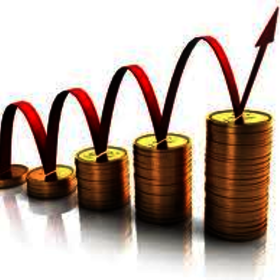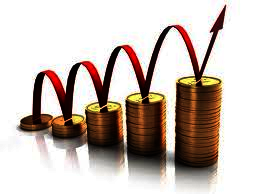A structure which pays dividends
David Prosser examines investment companies’ superior income performance in 2020.


At the height of the stock market panic around Covid-19 last year, analysts suggested that the structural advantages of investment companies might provide shelter as British businesses slashed their dividends. Research just published by Kepler Intelligence reveals just how impressively the closed-ended sector delivered on that potential.
First, the context. Link Group, which publishes a regular analysis of the dividends paid by UK companies, says two-thirds of them cut their pay-outs between the second and fourth quarter of last year. Overall, dividends fell 44% last year and the cuts were pretty indiscriminate – the travel, leisure and retail sectors were particularly badly hit, but construction, consumer goods, media and financial services all suffered too.
In fact, last year’s dividend cuts were so savage that 2020 was the worst year for pay-outs from UK companies since 2011, Link Group says. Nine years of dividend growth went up in smoke.
The collective funds that invest in these companies with a view to paying income to their own investors therefore had a problem. At a stroke, much of the income on which they depend to maintain these pay-outs stopped coming in.
In the open-ended sector, the effect was disastrous. Kepler reports that the average UK Equity Income open-ended fund reduced its dividend by 29% last year. Every fund in the sector cut its dividend and most imposed reductions of more than 10%.
Investment companies, on the other hand, behaved completely differently. Of 22 UK Equity Income closed-ended funds, just one reduced its dividend – and 16 actually managed to increase their pay-outs. Of these 16, moreover, six have already said that this year’s dividend will be higher again.
The contrast reflects the additional tools that investment companies have at their disposal. Above all, they are unique in having the option of retaining some of the income they earn on their portfolios in order to build up reserves; these can be drawn down to support dividends in leaner times, protecting investors from dividend volatility. The volatility seen last year was extreme, but investment companies’ revenue reserves did their job all the same.
The other factor, Kepler points out, is gearing. This is an interesting one because gearing is normally regarded as problematic when markets are falling. After all, while investment companies’ ability to take on borrowing, in contrast to open-ended funds, will accelerate returns in rising markets, it also amplifies the effect of losses.
Even so, as Kepler explains, “regardless of a company’s share price movement, a greater level of investment translates to a larger amount of dividends received, and thus a greater amount of revenue to support a trust’s pay-out.” In other words, investment companies’ gearing may not have been helpful from a capital return perspective last year, but it did help bring in more dividend income. And as the analyst points out, gearing is super cheap right now, enabling investment companies to take on low-cost debt in order to invest in higher-yielding equities.
What of the future? Well, as we have seen, investment companies appear to be confident they can maintain or further increase their dividends this year. Link, meanwhile, is predicting a stabilisation of pay-outs from UK companies as the economic recovery takes hold – their dividends may even begin to rise again, depending on the strength of that recovery.
In which case, investment companies will have delivered on their promise to smooth out dividend volatility. And investors in those funds can sleep a little easier.

